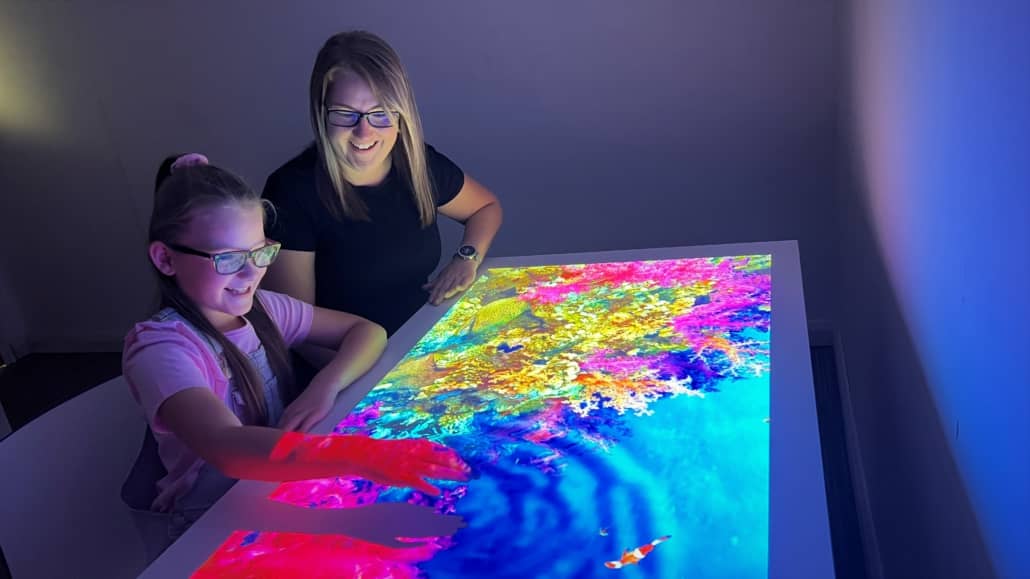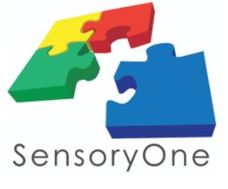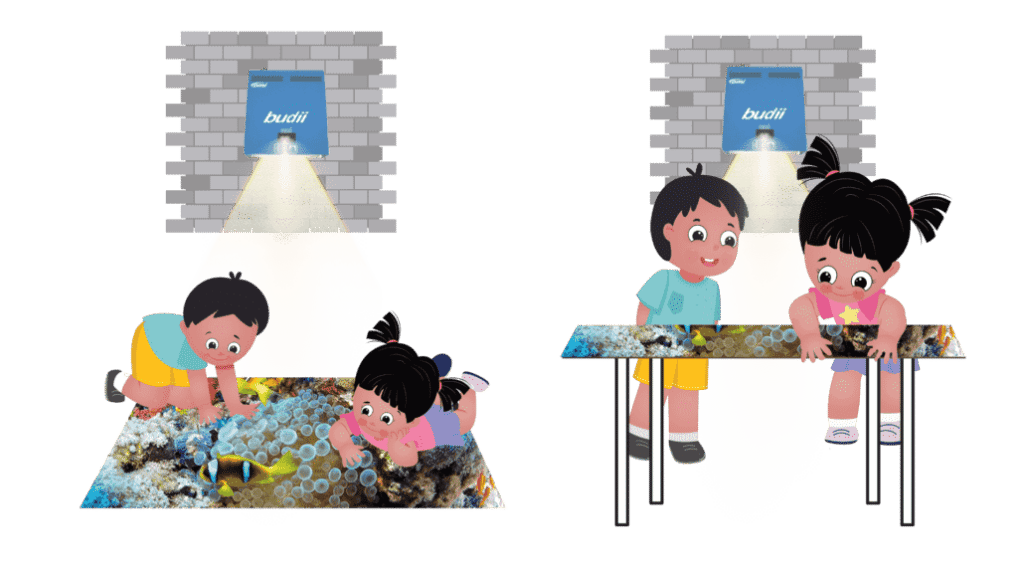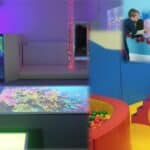
Creating a sensory space for children with special needs is a growing trend in many different settings. From doctor’s offices to schools, the ability to offer a child that may struggle with sensory issues a place to decompress and focus can improve their experience immensely. Many parents of children with special needs may struggle with knowing what kind of equipment would benefit their child the most, but creating a sensory space at home doesn’t have to be a difficult process.
At-home sensory equipment ideas
At SensoryOne, we provide exclusive sensory room design and equipment to educational, health and care facilities in the USA and Canada. In-home therapy equipment is also available for special needs children and adults.
There are endless options for what kind of equipment is best suited for an at-home sensory space. Whether you are able to dedicate an entire room to your child’s sensory needs or are working with a smaller area, there are many tools that can help create a great experience.
A projector
One of the easiest pieces of equipment to include in a sensory space is a projector. These basic tools can project a variety of lights, stars or scenes onto walls or ceilings, providing a calming distraction from many situations.
A sensory cart
Ideal for small areas that can’t accommodate a permanent sensory space set up, a sensory cart is a great option. Often portable, this unit can be purchased done-for-you, or can be something you put together yourself with a variety of different sensory activities and toys.
Budii interactive projector
This interactive projector system is very compact and can be set up on a table or ground, and used with little to no adult supervision. The Budii projector is designed to encourage sensory exploration and stimulation while also improving motor skills and communication, as well as reducing anxiety.
Tactile wall panels
Sensory rooms and spaces thrive on encouraging visitors to hone in on specific senses. A tactile wall panel or tile offers kids the ability to focus on the sense of touch, giving their other senses a break. This is especially beneficial if the child with special needs child experiences sensory overload in some situations.
Fun lighting
Bubble tubes, fibre optic lighting and dimmable lights are both fun and functional in a sensory space. Bright lights can often be distracting and too intense for a child with special needs and sensory issues. The ability to reduce the brightness and provide an interactive option can help reduce anxiety, stress and stimulation.
Interactive floor or wall panels
Interactive panels that are installed on a floor or wall allow children to connect, engage and play with an interactive, light up panel that responds to their touches and movements.
A virtual reality system
The Broomx VR system is a fully immersive experience that doesn’t require headsets, making it an excellent option for at home sensory spaces. The video experiences it can project around a room allow the child to fully immerse in a unique setting, encouraging benefits like mood boosts, feelings of relaxation, memory stimulation and increased cognitive function.
The new Budii projector system
The Budii interactive projection system turns any table top or floor space into an interactive play area. The ability to use it without the need of a parent or caregiver means that a child can engage with the technology on their own, anytime they’d like.
Some of the benefits of the Budii system include:
- Offers fun and engaging support to physio and occupational therapy
- Activities have been created by educational professionals
- Can help calm children during high sensory experiences like a meltdown
- Encourages social interaction
- Can be used without direct parent or caregiver supervision
- Engaging for kids of any age, both for independent play and while playing with others
- Sensory activities can be adjusted according to the age and interest level of the child
Creating a sensory focal point
Choosing one central piece of equipment to invest in can help make your job a bit easer. A scalable tool that can grow and adapt with the needs of the child can help your sensory space remain relevant, dynamic and fun, even as the child’s interests change.
Creating a sensory space that can grow and adapt with the child as their interests and needs change can help ensure that they will continue to benefit from its presence. Rather than having to constantly adjust and recreate the space as the child ages, a tool that can grow and adjust with the child’s interests helps keep their sensory space unique and interesting.




